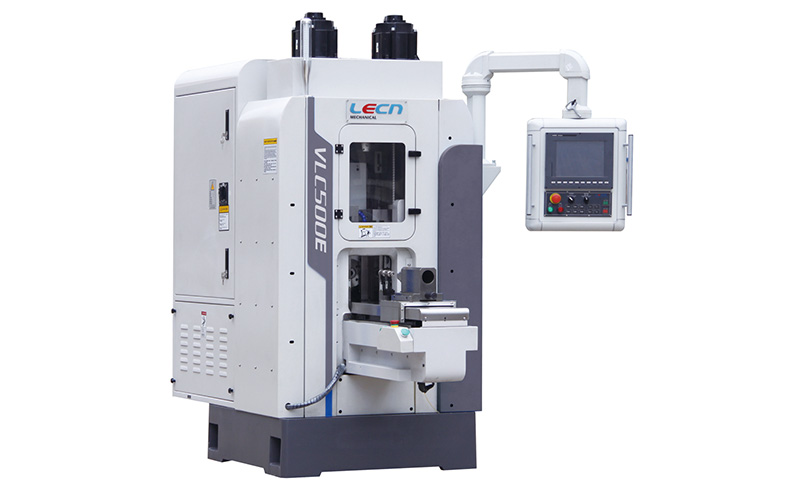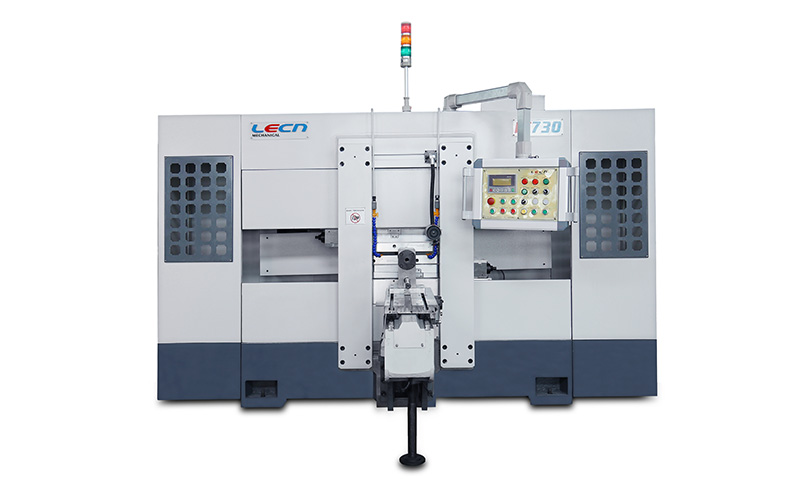In the world of metalworking and manufacturing, the art of shaping and bending materials to precision is a cornerstone of innovation. Two key players in this realm are vertical rolling machines and horizontal rolling machines, each offering distinct advantages and applications. This article presents a comparative analysis of these two metal forming powerhouses, shedding light on their features, benefits, and ideal use cases.
Vertical rolling machines, also known as vertical roll benders or vertical bending rolls, are renowned for their ability to achieve high levels of precision and control. These machines utilize a vertical orientation, where the material is fed through rollers that move vertically. This configuration offers several notable benefits:

Precision and Symmetry: Vertical rolling machines excel at producing symmetrical and precisely shaped cylinders, rings, and arcs. Their vertical alignment allows for accurate control over the bending process, resulting in consistent and uniform curves. This makes them an ideal choice for applications that demand intricate and symmetric components, such as ornamental metalwork and architectural elements.
Reduced Material Distortion: The vertical orientation of these machines minimizes material distortion during the bending process. This is particularly advantageous for thin or delicate materials that may be prone to deformation when subjected to horizontal forces. The controlled vertical movement helps maintain the integrity of the material, ensuring high-quality finished products.
Space Efficiency: Vertical rolling machines typically have a smaller footprint compared to their horizontal counterparts. This compact design can be advantageous in workshops or production environments with limited space availability.
Horizontal rolling machines, also referred to as horizontal roll benders, offer their own set of advantages that make them indispensable in various manufacturing settings:

Versatility in Material and Shape: Horizontal rolling machines are known for their versatility in handling a wide range of materials, including thicker and heavier metals. Their horizontal configuration allows them to exert significant force across a broader surface area, making them well-suited for bending larger sections, tubes, and beams.
Productivity and Efficiency: With their robust construction and horizontal thrust, these machines can handle heavier workloads, resulting in faster and more efficient bending processes. This makes them ideal for industrial applications that require high-volume production of structural components.
Ease of Use: Horizontal rolling machines are often praised for their user-friendly design, making them accessible to both experienced operators and those new to metal forming. The straightforward setup and operation contribute to reduced training time and increased productivity.
Ultimately, the decision between a vertical rolling machine and a horizontal rolling machine depends on the specific requirements of the project and the desired end results. The choice revolves around factors such as the type of material, the complexity of the shape, the need for precision, and the production volume.
In applications where precision, symmetry, and intricate shapes are paramount, a vertical rolling machine shines. Its ability to delicately bend and shape materials with minimal distortion makes it an excellent fit for artistic and architectural endeavors.
On the other hand, when dealing with larger and heavier materials, or when striving for maximum productivity and efficiency, a horizontal rolling machine takes center stage. Its robust construction and horizontal thrust capabilities make it a workhorse in industrial settings.
In conclusion, the comparison between vertical rolling machines and horizontal rolling machines underscores the importance of understanding the unique features and benefits of each. The decision should be based on the specific requirements of the project, considering factors like material type, shape complexity, precision, and production volume. By aligning the chosen roll with the task at hand, manufacturers can achieve superior results and unlock the full potential of metal forming and fabrication.
Copyright:@2020-2021
Comments Please sign in or sign up to post.
0
0 of 500 characters used